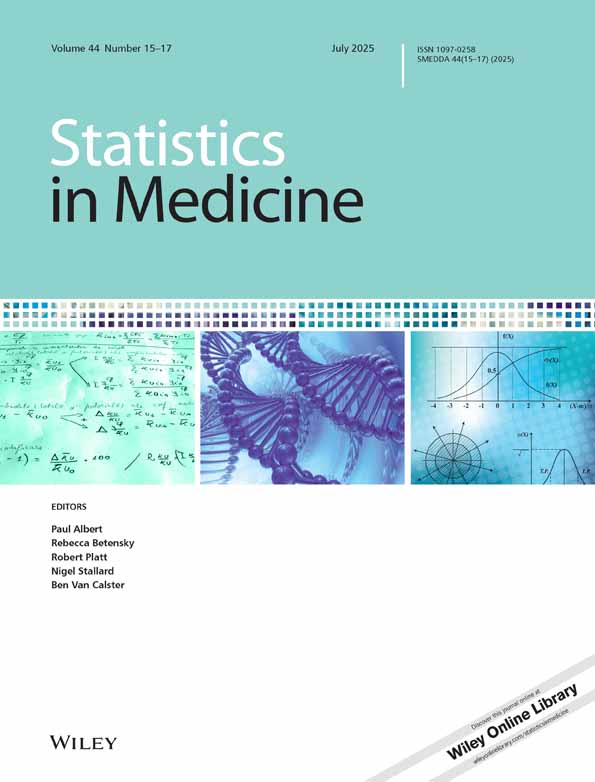Using observational data to estimate prognosis: an example using a coronary artery disease registry
Abstract
With the proliferation of clinical data registries and the rising expense of clinical trials, observational data sources are increasingly providing evidence for clinical decision making. These data are viewed as complementary to randomized clinical trials (RCT). While not as rigorous a methodological design, observational studies yield important information about effectiveness of treatment, as compared with the efficacy results of RCTs. In addition, these studies often have the advantage of providing longer-term follow-up, beyond that of clinical trials. Hence, they are useful for assessing and comparing patients' long-term prognosis under different treatment strategies. For patients with coronary artery disease, many observational comparisons have focused on medical therapy versus interventional procedures. In addition to the well-studied problem of treatment selection bias (which is not the focus of the present study), three significant methodological problems must be addressed in the analysis of these data: (i) designation of the therapeutic arms in the presence of early deaths, withdrawals, and treatment cross-overs; (ii) identification of an equitable starting point for attributing survival time; (iii) site to site variability in short-term mortality. This paper discusses these issues and suggests strategies to deal with them. A proposed methodology is developed, applied and evaluated on a large observational database that has long-term follow-up on nearly 10 000 patients. Copyright © 2001 John Wiley & Sons, Ltd.




